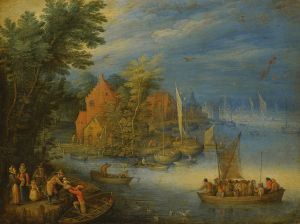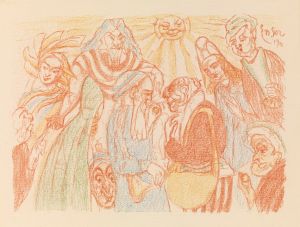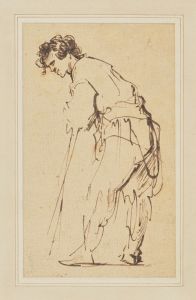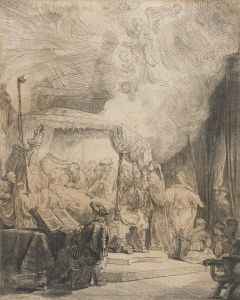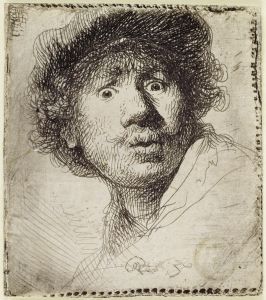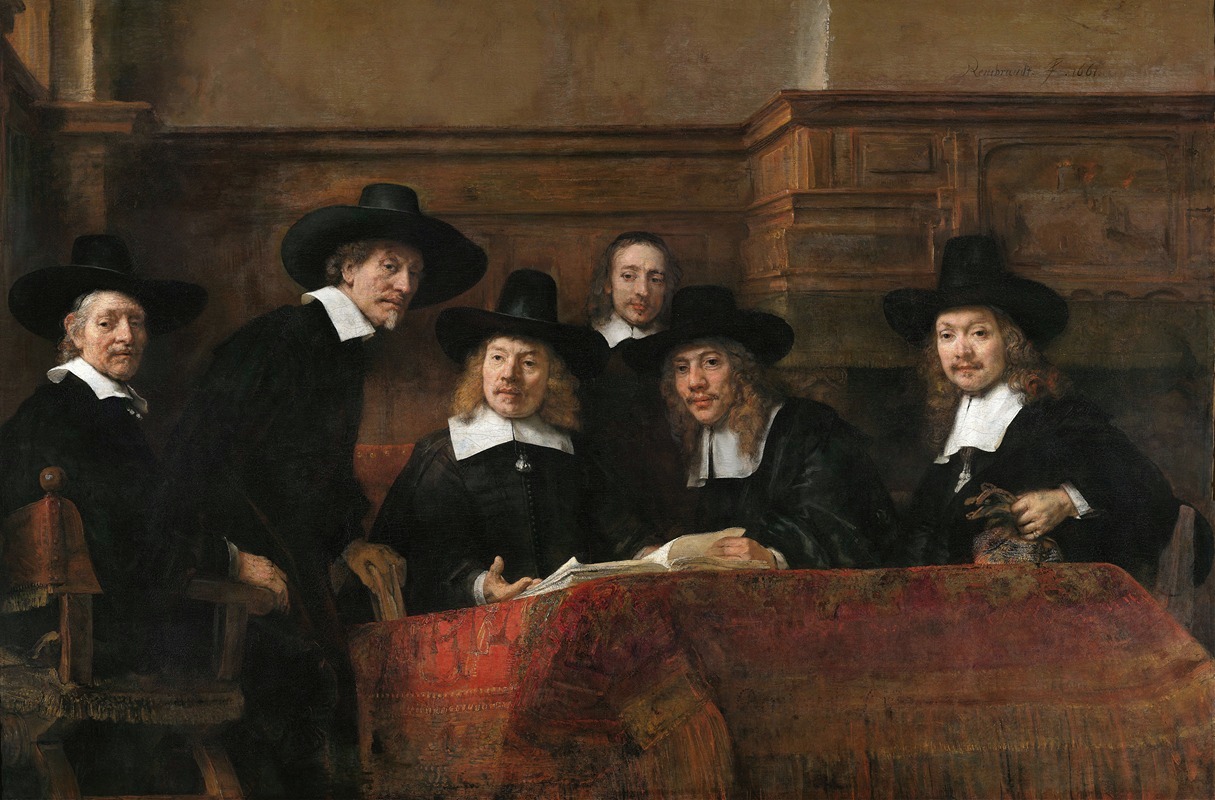
The Sampling Officials of the Drapers’ Guild
A hand-painted replica of Rembrandt van Rijn’s masterpiece The Sampling Officials of the Drapers’ Guild, meticulously crafted by professional artists to capture the true essence of the original. Each piece is created with museum-quality canvas and rare mineral pigments, carefully painted by experienced artists with delicate brushstrokes and rich, layered colors to perfectly recreate the texture of the original artwork. Unlike machine-printed reproductions, this hand-painted version brings the painting to life, infused with the artist’s emotions and skill in every stroke. Whether for personal collection or home decoration, it instantly elevates the artistic atmosphere of any space.
"The Sampling Officials of the Drapers’ Guild," also known as "Syndics of the Drapers' Guild," is a renowned painting by the Dutch artist Rembrandt van Rijn. Completed in 1662, this work is a prime example of Rembrandt's mastery in group portraiture and is celebrated for its dynamic composition and lifelike representation of its subjects. The painting is housed in the Rijksmuseum in Amsterdam, Netherlands.
The artwork depicts a group of six men who were members of the Drapers' Guild in Amsterdam, a powerful and influential organization during the Dutch Golden Age. These men, known as "syndics," were responsible for assessing the quality of cloth produced by the guild's members. The painting captures them in the act of performing their duties, examining a length of fabric. The syndics are portrayed seated around a table, with one standing, as they appear to have been interrupted in their work, looking up as if acknowledging the viewer's presence.
Rembrandt's composition is notable for its use of light and shadow, a technique known as chiaroscuro, which adds depth and dimension to the figures. The light falls predominantly on the faces of the syndics, drawing attention to their expressions and creating a sense of immediacy and realism. Each figure is rendered with meticulous attention to detail, showcasing Rembrandt's skill in capturing the individuality and character of his subjects.
The painting is also significant for its composition, which breaks from the traditional static group portraits of the time. Rembrandt arranges the figures in a dynamic diagonal line, leading the viewer's eye across the canvas and creating a sense of movement and interaction among the men. This innovative approach contributes to the painting's enduring appeal and influence.
"The Sampling Officials" is often interpreted as a reflection of the values and social structures of 17th-century Amsterdam. The Drapers' Guild was an essential part of the city's economy, and the painting highlights the importance of trade and commerce during this period. The syndics' serious and attentive expressions suggest their dedication to their roles and the significance of their work in maintaining the quality and reputation of Amsterdam's textile industry.
Rembrandt's ability to convey the personalities and relationships of the syndics through subtle gestures and expressions is a testament to his skill as a portraitist. The painting is considered one of his masterpieces and is a quintessential example of his later work, characterized by a more restrained palette and a focus on psychological depth.
In summary, "The Sampling Officials of the Drapers’ Guild" is a masterful group portrait that exemplifies Rembrandt's artistic prowess and his ability to capture the essence of his subjects. The painting remains a significant cultural artifact, offering insights into the social and economic fabric of 17th-century Amsterdam and the enduring legacy of one of history's greatest artists.








